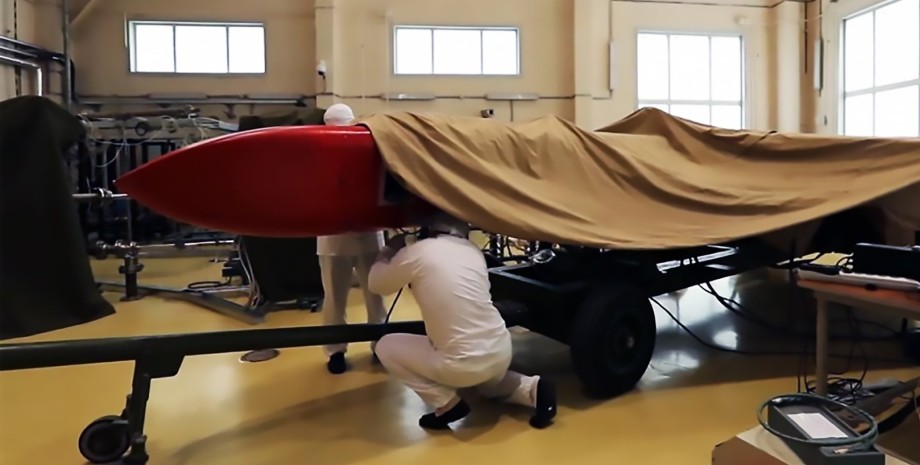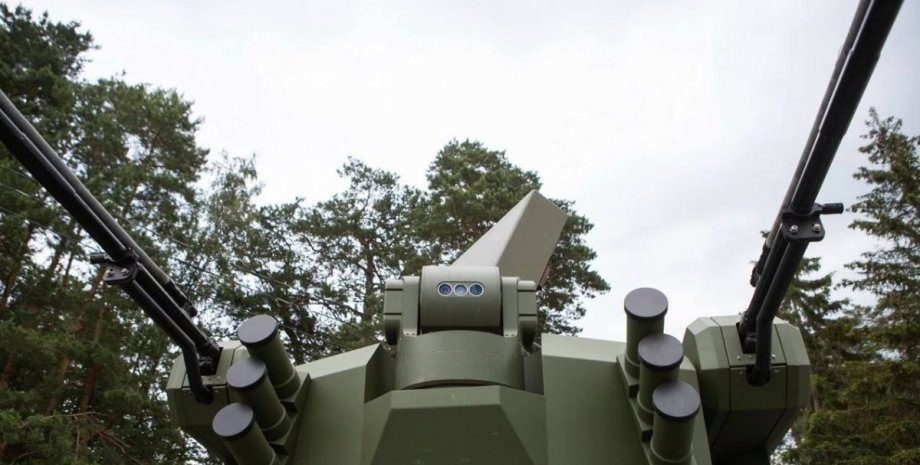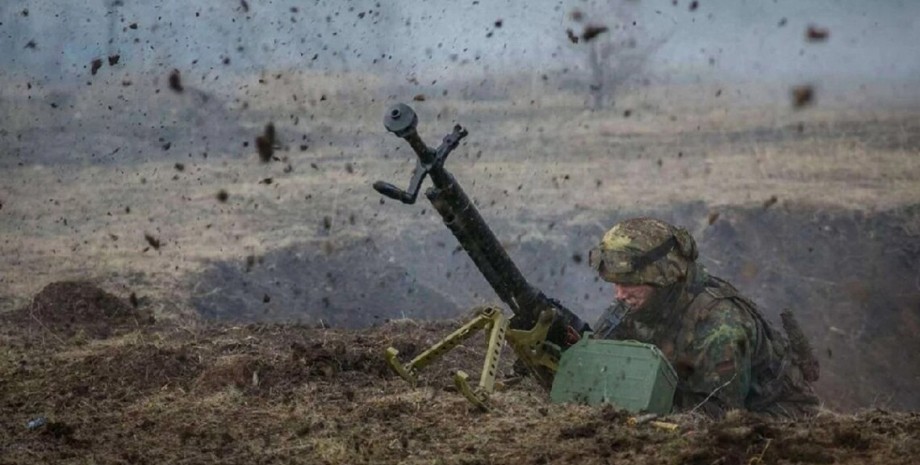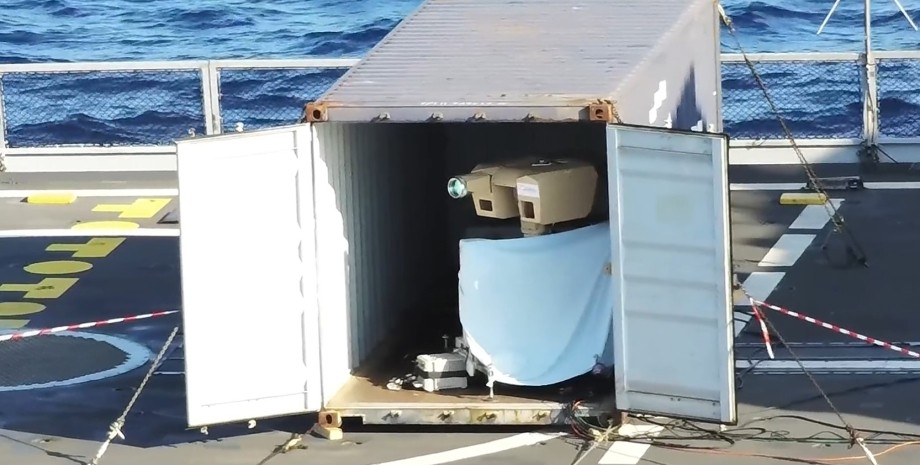
 By Natali Moss
By Natali Moss
According to US intelligence, this is not the first attempt to launch this sample - this time the rocket lasted in the air for no more than 2 minutes and flew only 35 km. The Bulgarian Military Viewers of the Bulgarian Bulgarian collided about the problems that Russian designers encountered during the tests.
The authors of the material write that the United States has been skeptical for a long time whether Russia is developing this example of winged missiles in general, but in February 2018, a shop frame appeared on the network where work was likely to work on the creation of a "storm". The Russian President Vladimir Putin himself spoke about the rocket, who said the last successful test of 9m730 was recently conducted.
"We have virtually completed work on the modern types of strategic weapons I was talking about and announced a few years ago. The last successful test of a" storm " - a winged global range rocket with a motor nuclear installation was conducted," Putin said.
Russian sources give the characteristics and features of this rocket, and report that 9m730 is equipped with a pulsating nuclear air-reactive engine (Puyaprd), which allegedly works on "completely new physical principles" and its design is adapted for extreme flight conditions at the billing speed up to 3. At a height of no more than 300 meters. According to Russian engineers, high -strength steel rockets had to withstand high thermal and aerodynamic loads.
In addition, the rocket allegedly uses modern navigation technologies and targets to accurately defeat the goals. All these technological features were to ensure prolonged patrolling of the missile in low trajectories in the given areas.
In evaluating such indicators, Western experts noted that the nuclear power plant had to remove restrictions on the amount of fuel, which, in turn, would allow rockets to fly to the unnecessary trajectories and break about the enemy, causing shocks on poorly protected facilities. The observers write that one of the main problems was the innovative movement of the rocket. It is the use of Puyaprd that creates significant problems in terms of stability and management.
Problem were the reactor thermoregulation and cooling systems, which led to its overheating and possible malfunctions. "The rocket design has a unique aerodynamic scheme that includes a nuclear jet engine. Such unconventional layout creates difficulties in ensuring a stable trajectory of flight and maneuverability," the experts said. The following were problems in the missile guidance system, which led to the wrong calculation of the trajectory and missing goals.
There were also problems with the missile stabilization systems, which led to deviations from the intended flight trajectory and reduce overall efficiency. Putin's statement about the successful test of a "brownish" may not be unfounded, since the initial technological features of the rocket could be changed. The authors of the publication give the opinion of US experts who say that 9M730 can be equipped with a turbojet engine with a liquid accelerator.
However, the head of the UK's defense intelligence, James Hokeenhul, has hypothesized that a "brownish" is a permanent winged rocket with a nuclear power plant that can strike in the global range. It provides an exceptional "almost unlimited time in the air", which allows to attack from unexpected directions. Recall that the tube "Petrel" was discussed in The New York Times.










All rights reserved IN-Ukraine.info - 2022